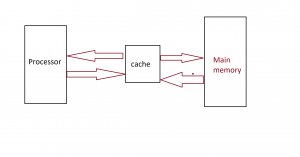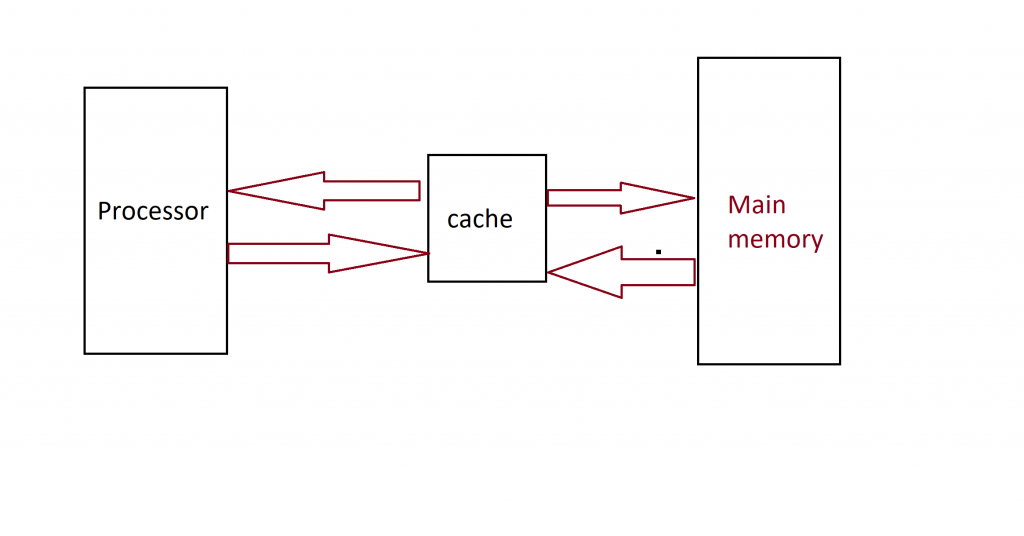What is cache memory why is used ??
Companies Related Questions, Computer Archtecture 0 CommentsCache is small memory which is very fast in access , so when processor want to access the data it tries to find out in cache , if it is found then it is known as cache hit and in case of not found , it is known as cache miss.
In most of the computer system, the speed of the main memory is very low than the speed of modem processors. For good performance, it is important to devise a scheme that reduces the time needed to access the necessary information. Since the speed of the main memory unit is limited by electronic and packaging constraints, the solution must be sought in a different architectural arrangement an efficient solution is to use a fast cache memory which essentially makes the main memory appear to the processor to be faster. The effectiveness of the cache mechanism is based on a property of computer programs called locality of reference. Analysis of programs shows that most of their execution time is spent on routines in which many instructions are executed repeatedly. These instructions may constitute a simple loop, nested loops, or a few procedures that repeatedly call each other. Many instructions in localized areas of the program are executed repeatedly during some time period, and the remainder of the program is accessed relatively infrequently. This is referred to as locality of reference. It manifests itself in two ways: temporal and spatial. The temporal means that a recently executed instruction is likely to be executed again very soon. The spatial aspect means that instructions in close proximity to a recently executed instruction (with respect to the instructions’ addresses) are also likely to be executed soon. Block refers to a set of contiguous address locations of some size. Another term that is often used to refer to a cache block is cache line.

The processor does not need to know explicitly about the existence of the cache. It simply issues Read and Write requests using addresses that refer to locations in the memory. The cache control circuitry determines whether the requested word currently exists in the cache. If it does, the Read or Write operation is performed on the appropriate cache location. In this case, a read or write hit is said to have occurred. In a Read operation, the main memory is not involved. For a Write operation, the system can proceed in two ways. In the first technique, called the writethrough protocol, the cache location and the main memory location are updated simultaneously. The second technique is to update only the cache location and to mark it as updated with an associated flag bit, often called the dirty or modified bit. The main memory location of the word is updated later, when the block containing this marked word is to be removed from the cache to make room for a new block. This technique is known as the write- back, or copy-back, protocol. The write-through protocol is simpler, but it results in unnecessary Write operations in the main
memory when a given cache word is updated several times during its cache residency. Note that the write-back protocol may also result in unnecessary Write operations because when a cache block is written back to the memory all words of the block are written back, even if only a single word has been changed while the block was in the cache.
When the addressed word in a Read operation is not in the cache, a read miss occurs. The block of words that contains the requested word is copied from the main memory into the cache. After the entire block is loaded into the cache, the particular word requested is forwarded to the processor. Alternatively, this word may be sent to the processor as soon as it is read from the main memory. The latter approach, which is called load-through, or early restart, reduces the processor’s waiting period somewhat, but at the expense of more complex circuitry.
During a Write operation, if the addressed word is not in the cache, a write miss occurs. Then, if the write-through protocol is used, the information is written directly into the main memory. In the case of the write-back protocol, the block containing the addressed word is first brought into the cache, and then the desired word in the cache is overwritten with the new information.
